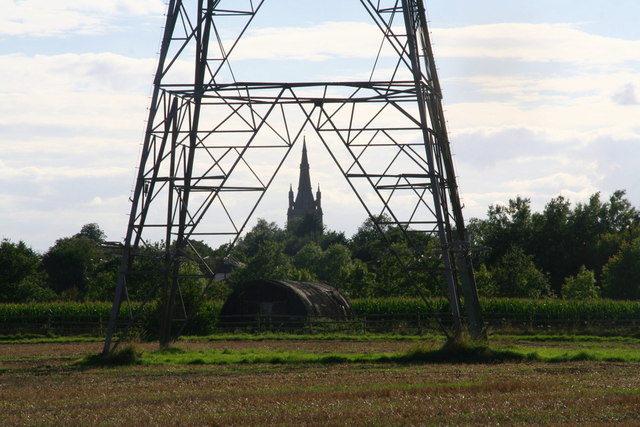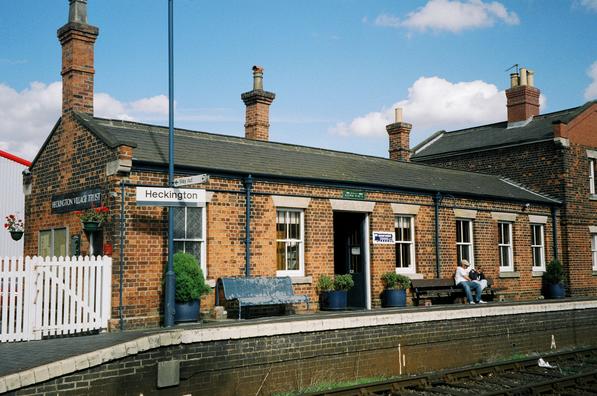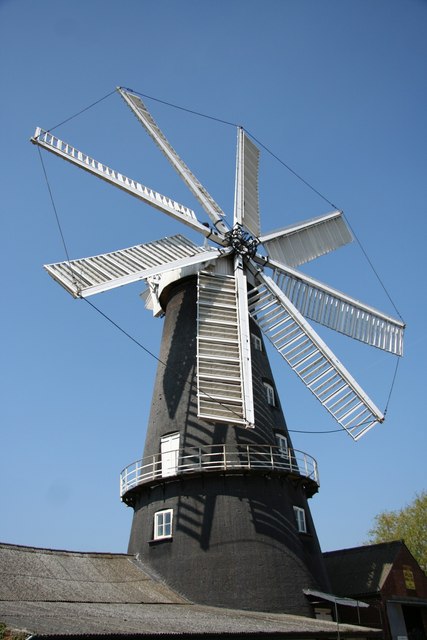Hale, Great
Settlement in Lincolnshire North Kesteven
England
Hale, Great
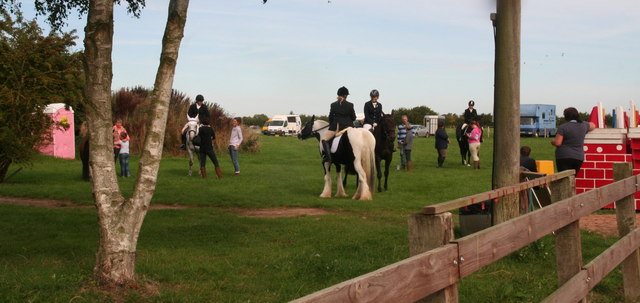
Hale, Great is a small village located in the county of Lincolnshire, England. Situated in the East Midlands region, Hale is a quintessential rural settlement that offers a tranquil and picturesque environment.
Surrounded by lush green fields and rolling countryside, Hale is known for its idyllic landscapes and charming atmosphere. The village is home to a close-knit community, with a population of around 500 residents. The local economy mainly relies on agriculture, with farming being a prominent occupation in the area.
Hale boasts a rich history, dating back to medieval times. The village is dotted with historic buildings, including the Grade II listed St. Andrew's Church, which dates back to the 13th century. This beautiful church serves as a reminder of the village's heritage and is a popular attraction for visitors.
Despite its small size, Hale offers a range of amenities for its residents. These include a primary school, a village hall, and a pub, providing essential services and a sense of community. The village also benefits from its proximity to nearby towns, such as Boston and Spalding, which offer a wider range of amenities and opportunities.
For nature enthusiasts, Hale is an excellent base to explore the surrounding countryside. The village is located near the Great Fen, a vast wetland area that is home to a diverse range of wildlife. This makes Hale an ideal destination for birdwatching and nature walks.
In summary, Hale, Great in Lincolnshire is a charming and peaceful village that offers a close-knit community, historic attractions, and access to beautiful natural landscapes.
If you have any feedback on the listing, please let us know in the comments section below.
Hale, Great Images
Images are sourced within 2km of 52.971387/-0.289549 or Grid Reference TF1442. Thanks to Geograph Open Source API. All images are credited.






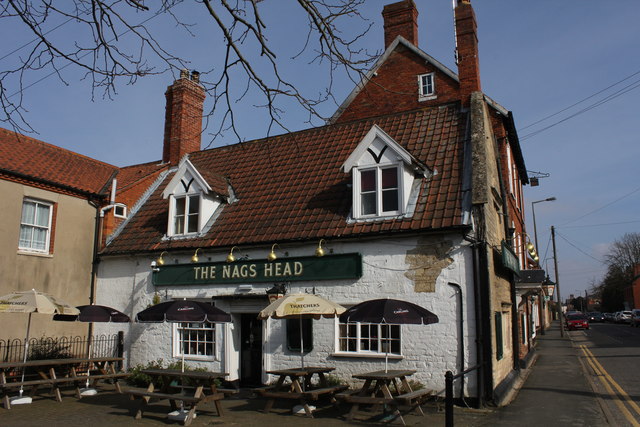
Hale, Great is located at Grid Ref: TF1442 (Lat: 52.971387, Lng: -0.289549)
Division: Parts of Kesteven
Administrative County: Lincolnshire
District: North Kesteven
Police Authority: Lincolnshire
What 3 Words
///sensual.beaten.uses. Near Heckington, Lincolnshire
Nearby Locations
Related Wikis
Great Hale
Great Hale is a village and civil parish in the North Kesteven district of Lincolnshire, England. The population of the civil parish at the 2011 census...
Heckington railway station
Heckington railway station is located in the village of Heckington in Lincolnshire, England. The old station building houses the Heckington Station Railway...
Heckington Windmill
Heckington Windmill is the only eight-sailed tower windmill still standing in the United Kingdom with its sails intact. Heckington is located between Sleaford...
Little Hale
Little Hale is a hamlet and civil parish in the North Kesteven district of Lincolnshire, England. It is situated 5 miles (8 km) south-east from the town...
Nearby Amenities
Located within 500m of 52.971387,-0.289549Have you been to Hale, Great?
Leave your review of Hale, Great below (or comments, questions and feedback).





